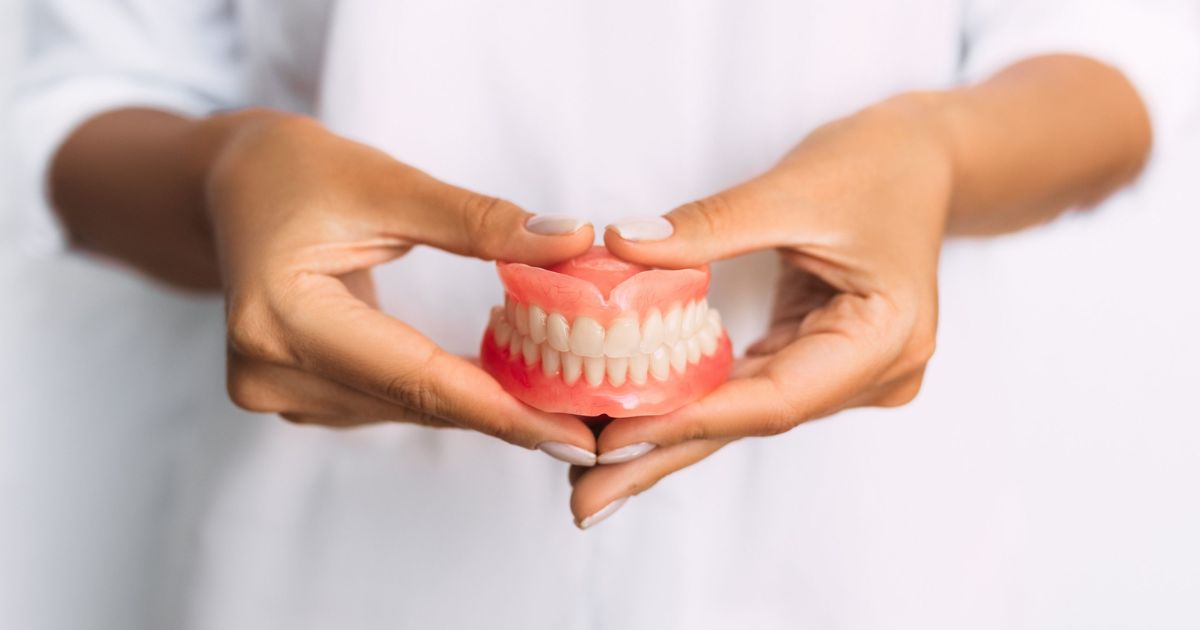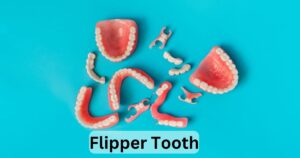The cost of snap-in dentures, a popular alternative to traditional removable dentures, hinges on various factors that influence pricing and affordability. Snap-in dentures, also known as implant-supported or overdentures, offer enhanced stability and comfort by anchoring onto dental implants. However, determining their cost involves considerations beyond a straightforward figure. Factors like the number of implants required, the denture’s material quality, additional procedures like bone grafts, and the dentist’s expertise significantly impact pricing.
Moreover, geographical location and specific clinic fees contribute to the overall cost variation. Understanding these nuances helps in navigating the expenses associated with snap-in dentures. This introductory exploration aims to unravel the intricacies behind the costs, providing insights into average estimations, comparisons with traditional dentures, factors influencing expenses, potential additional costs, available financial assistance or insurance coverage, and the relationship between quality and cost.
The costs for snap-in dentures can vary widely, typically ranging from $3,000 to $30,000 per arch. The specific price depends on several factors like the type of denture, materials used, insurance coverage, and dentist fees. While more expensive upfront than conventional dentures, snap-ins provide the benefit of immediate replacement teeth the same day. Overall costs are impacted by the patient’s specific dental needs and restorative plan. Delving into these aspects aids in comprehending the broader spectrum of snap-in denture costs, empowering individuals to make informed decisions about their dental care based on comprehensive knowledge and understanding.
Factors Affecting Cost
Several key factors influence the cost of snap-in dentures:
Number of Implants
The number of implants directly influences snap-in denture costs. Typically, more implants result in higher expenses due to increased surgical procedures, materials, and intricacy of the treatment. Each implant requires precise placement and integration, contributing to the overall cost of the dental procedure.
Fewer implants might reduce the initial cost but can impact stability and support for the denture, affecting long-term functionality. Understanding the correlation between the number of implants and cost helps individuals evaluate their treatment options and make informed decisions regarding both their budget and dental health.
Denture Material Quality
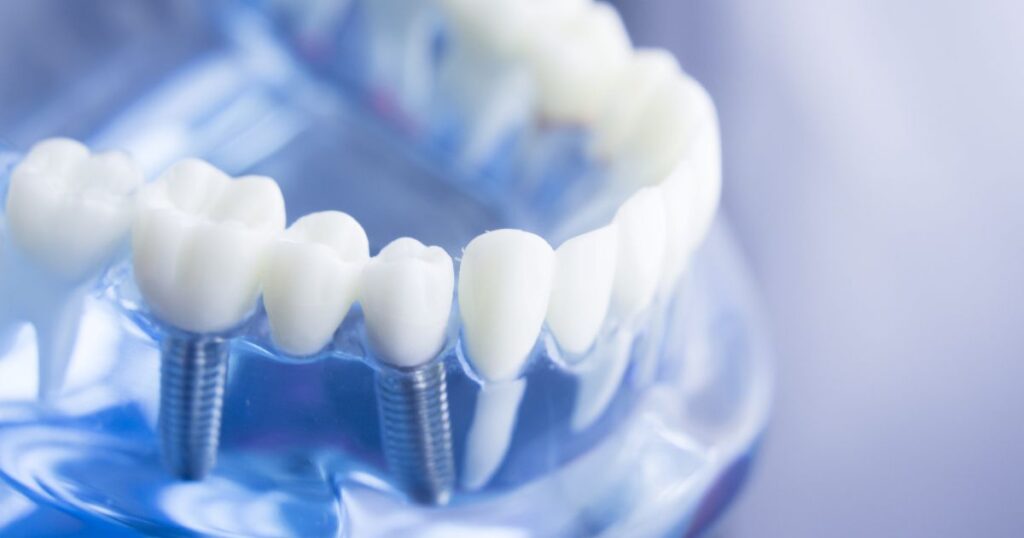
Denture material quality significantly impacts the overall comfort, durability, and aesthetics of snap-in dentures. Premium materials, like high-grade acrylic or porcelain, offer superior strength, natural appearance, and better longevity compared to standard materials. These higher-quality materials not only enhance the denture’s aesthetics but also contribute to improved functionality and comfort, providing a more lifelike feel and reducing the risk of wear or damage over time.
Opting for superior materials may elevate the initial cost, yet their durability and natural appearance often make them a worthwhile investment in the long run for individuals seeking enhanced quality and performance from their dentures.
Additional Procedures
Additional procedures related to snap-in dentures encompass various treatments beyond the denture itself. These may include preparatory surgeries like bone grafting to enhance bone density or extractions to create space for implants. Gum treatments or sinus lifts might be necessary to ensure a stable foundation for implants.
These procedures aim to optimize the mouth’s condition for successful implantation and secure anchorage of the dentures. The need for such supplemental treatments can significantly impact the overall cost and treatment duration, influencing the success and longevity of the snap-in denture solution.
Dentist’s Expertise
The dentist’s expertise significantly influences the cost of snap-in dentures. Experienced specialists often command higher fees due to their advanced skills, precision in implant placement, and comprehensive knowledge.
“Their expertise ensures meticulous planning, execution, and post-operative care, contributing to the overall success and longevity of the snap-in denture treatment. While their fees may elevate the overall cost, their proficiency instills confidence in patients seeking optimal outcomes and long-term dental health. Additionally, they are experienced in handling concerns common to snap-in dentures, including How To Remove Denture Adhesive?, ensuring a smooth and comfortable transition for their patients.
Geographical Location
Geographical location significantly influences the cost of snap-in dentures. Prices vary based on regional living costs, market demands, and dental care standards. Urban areas or regions with higher living expenses often reflect higher dental fees. Additionally, varying healthcare systems and competition among dental practices impact the cost disparity across different locations.
Understanding these location-based cost variations is crucial for individuals seeking snap-in dentures, allowing them to consider and anticipate potential pricing differences when planning their dental treatments.
Average Cost Estimations
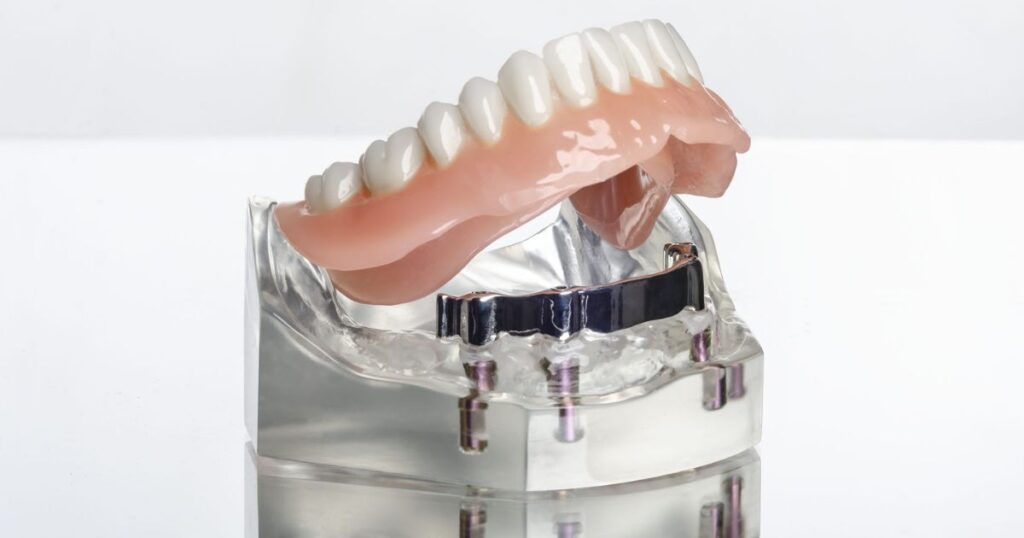
Average costs for snap-in dentures range between $3,000 to $30,000 per arch. However, this estimation can significantly fluctuate based on several factors such as the number of implants needed, the type of material used for the denture, additional treatments like bone grafting, the expertise of the dentist, geographical location, and clinic fees.
Generally, a single arch of snap-in dentures with two to four implants might fall within the lower end of the price range, while a full set of dentures with more implants or premium materials could be at the higher end. Understanding these average estimations helps individuals plan and budget for snap-in dentures based on their specific dental needs and preferences.
Cost Comparison: Snap-In vs. Traditional Dentures
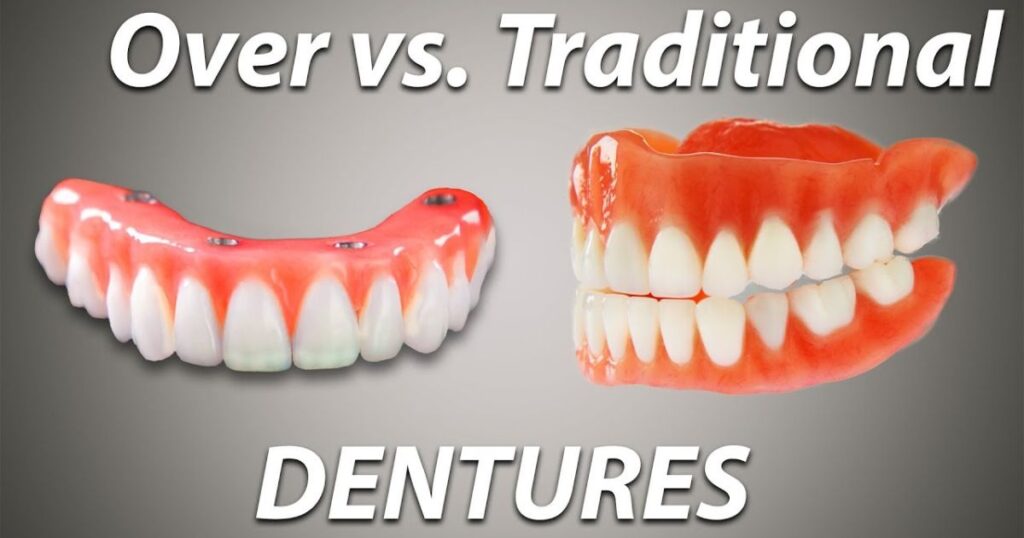
Comparing the costs between snap-in dentures and traditional removable dentures showcases differing financial considerations. Snap-in dentures, relying on dental implants for stability, generally incur higher initial costs than traditional dentures. The pricing variation stems from the implant procedure, which involves surgical placement of implants into the jawbone, elevating the overall expense. In contrast, traditional dentures, while initially more cost-effective, might incur additional expenses over time due to adjustments, relining, or potential replacements.
Despite the higher upfront investment, snap-in dentures often provide greater stability, improved function, and enhanced comfort, potentially leading to long-term savings by reducing the need for frequent adjustments or replacements associated with traditional dentures. Considering both short-term expenses and long-term benefits aids in deciding the most cost-effective and suitable option based on individual dental needs and budget.
Additional Costs and Considerations
Apart from the base cost, several additional expenses and considerations factor into the overall expense of snap-in dentures:
Preparatory Procedures: Potential need for bone grafts or tooth extractions before implant placement.
Imaging and Diagnostic Tests: X-rays, CT scans, or other imaging for treatment planning.
Temporary Prosthetics: Provisional dentures or temporary restorations during the implant healing period.
Maintenance and Follow-Up: Costs associated with post-operative care, check-ups, and adjustments.
Potential Complications: Unforeseen issues may require additional treatments or interventions, impacting costs.
Medications: Prescribed medications before or after the procedure may contribute to expenses.
Long-Term Maintenance: Potential future expenses for repairs, replacements, or maintenance.
Understanding these additional costs and considerations helps individuals prepare comprehensively for the financial aspects associated with snap-in dentures, ensuring a more accurate assessment of the overall expenditure involved in the treatment.
Insurance Coverage and Financial Assistance
Insurance coverage and financial assistance for snap-in dentures vary based on individual insurance plans and providers. Some dental insurance policies may offer partial coverage for certain aspects of the treatment, such as the implant surgery or the denture itself, while others might not cover these procedures at all. Additionally, flexible spending accounts (FSAs) or health savings accounts (HSAs) can sometimes be utilized to offset dental expenses, depending on the plan’s guidelines.
Patients can explore financing options offered by dental clinics or inquire about payment plans to manage the cost of snap-in dentures more effectively. Some dental practices also collaborate with financing companies to provide options for affordable monthly payments.
Understanding insurance coverage, utilizing available accounts, exploring financing options, and discussing payment plans with dental providers are prudent steps to navigate the financial aspect of obtaining snap-in dentures.
Affordable Alternatives and Financing Options
Seeking affordable alternatives and exploring various financing options can help manage the cost of snap-in dentures:
Affordable Alternatives: Consider traditional removable dentures as a more cost-effective option, although they may lack the stability of snap-in dentures.
Partial Dentures: Partial dentures might offer a more affordable solution if the need is for fewer missing teeth.
Dental Schools or Clinics: Some dental schools or clinics offer reduced-cost treatments through student programs or subsidized services.
Financing Plans: Inquire about payment plans or financing options provided by dental practices to spread out the cost over time.
Credit Options: Personal loans, credit cards, or healthcare financing specifically designed for dental expenses might provide financial flexibility.
Negotiating Payment: Discuss payment arrangements or potential discounts with dental providers to manage costs.
Exploring these alternatives and discussing financing plans with dental professionals can assist in finding an affordable solution that suits individual needs and financial situations when considering snap-in dentures.
Quality and Cost Relationship
The relationship between the quality of snap-in dentures and their cost is often interconnected but not always linear. Higher-priced dentures may indicate superior quality in terms of materials used, precision of fit, and expertise of the dental professional. However, cost alone doesn’t always guarantee superior quality. Some affordable options may offer satisfactory quality, especially if they meet individual needs effectively.
Quality considerations encompass the durability, comfort, functionality, and aesthetics of the dentures. Balancing cost and quality involves understanding the specific features and benefits offered by different price points. It’s crucial to evaluate factors like the reputation of the dental provider, materials used, patient reviews, and the expertise of the dental team when assessing the relationship between cost and quality. This approach helps individuals make informed decisions based on both affordability and the desired level of quality for their snap-in dentures.
Consulting a Dentist: Cost Evaluation

Consulting a dentist for cost evaluation regarding snap-in dentures involves a comprehensive assessment of treatment needs and associated expenses. During this visit, the dentist discusses the specifics of the treatment plan, outlining the number of implants, materials, and potential additional procedures. A detailed breakdown of anticipated costs, exploration of insurance coverage, available payment plans, and clarifying any uncertainties are integral parts of this consultation. This evaluation aims to provide a clear understanding of the financial aspects, empowering individuals to make informed decisions regarding their dental treatment and associated expenses.
Maintenance Costs and Long-Term Investment
Maintenance costs and long-term investment considerations for snap-in dentures encompass several aspects:
Regular Check-Ups: Periodic dental visits ensure the dentures and implants are in good condition, potentially preventing costly issues.
Denture Maintenance: Repairs, adjustments, or relining may incur costs over time to maintain proper fit and functionality.
Replacement Parts: Replacement of worn-out components or prosthetic teeth might be necessary, incurring additional expenses.
Longevity: Despite higher initial costs, the durability and longevity of snap-in dentures can lead to long-term savings compared to traditional dentures.
Long-Term Benefits: Enhanced comfort, improved functionality, and increased confidence might justify the long-term investment.
Considering these maintenance costs and long-term benefits aids in assessing the overall investment required for snap-in dentures and planning for ongoing dental care.
FAQ’s
How much is a full set of snap on dentures?
Snap-on dentures cost between $10,000 – $17,000. A full mouth of Snap-on denture implants costs between $25,000 – $35,000 on the average.
Are snap on dentures worth buying?
For people who want confidence that their new smile won’t slip or move around during everyday activities these can prove very cost effective as well.
How long do snap-in dentures last?
All patients will need to replace their snap-in dentures every 10 to 15 years.
Can you sleep with snap-in dentures?
Many patients feel comfortable sleeping with their snap-on dentures. If you want to remove your dentures at night, place them in a water-filled denture box.
Can you kiss with snap-in dentures?
It’s best to go in slowly and cautiously for a kiss. If you’re concerned about your denture getting moved from position during a passionate moment, use an adhesive for the night.
Conclusion
Navigating the realm of snap-in dentures and their costs underscores the intricate balance between quality, individual needs, and financial considerations. The range of prices, influenced by factors like implant numbers, materials, and additional procedures, showcases the diversity in cost. Understanding these variations aids in making informed decisions tailored to specific dental needs.
While the initial investment might seem substantial, considering long-term benefits, durability, and improved functionality positions snap-in dentures as a potential cost-effective choice over time. Exploring insurance coverage, financing options, and evaluating alternatives allows for a more comprehensive approach to managing costs.
Ultimately, the decision regarding snap-in dentures involves a nuanced consideration of financial implications and the potential enhancement of oral health and quality of life, ensuring individuals embark on their dental journey with clarity and confidence.
